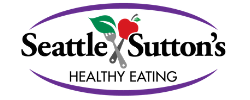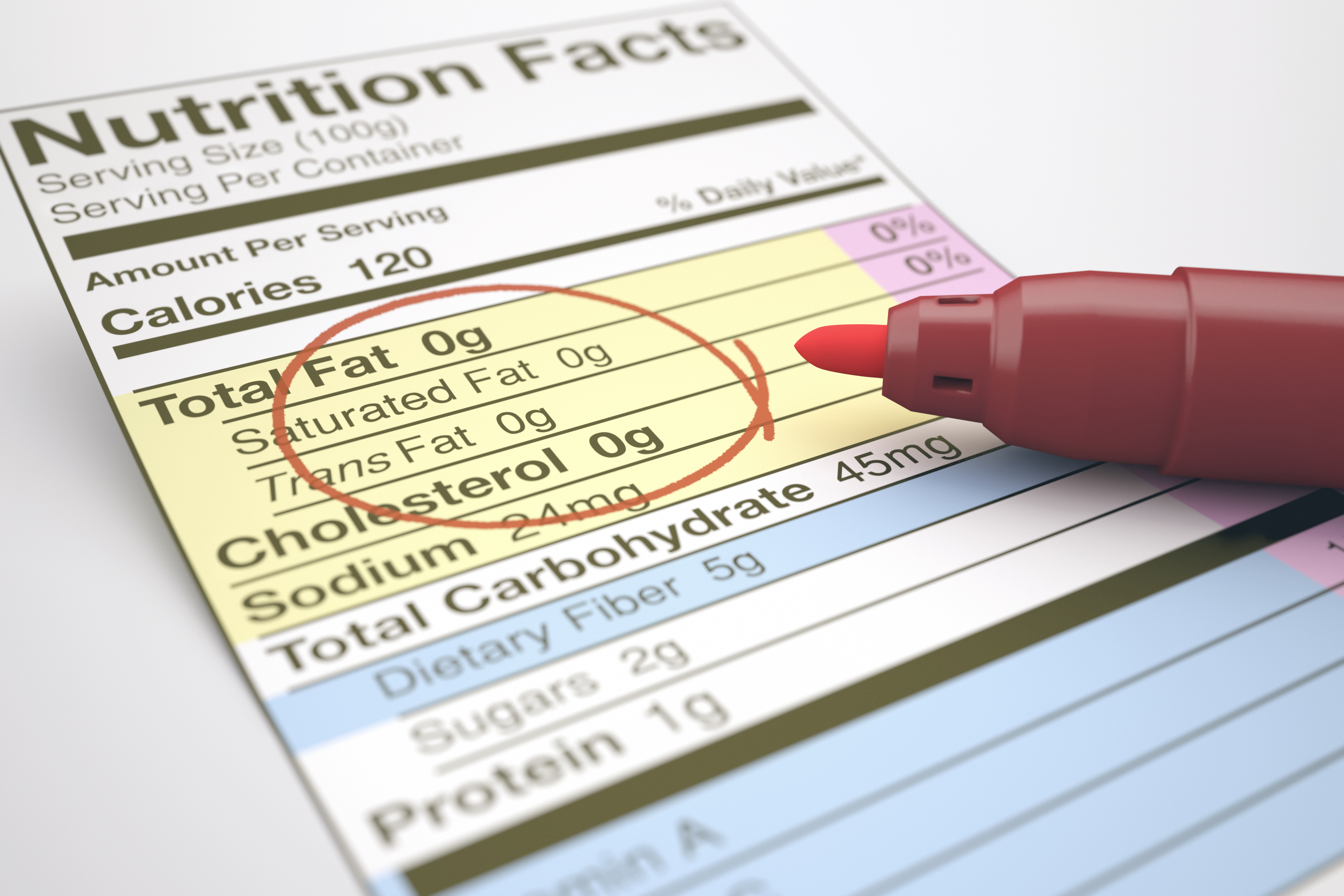Do You Need a Low-Fat Diet? When and How to Make the Switch
A low-fat diet involves reducing your intake of fats and may be recommended to help with different health concerns. A low-fat diet typically involves reducing total fat intake to about 20-30% of daily calories and focusing on healthy fats while limiting unhealthy fats. The goal of this therapeutic diet is to create a balanced diet that prioritizes whole, nutrient-rich foods that are enjoyable and full of variety and helps control symptoms of certain medical conditions.
Here’s when you might consider this approach and some practical tips to get started.
When to Consider a Low-Fat Diet
Heart Health Concerns
Individuals with high cholesterol levels or heart disease may benefit from lowering saturated fats and trans fats. Studies show that a diet low in saturated fats can help lower LDL cholesterol which is linked to a reduced risk of heart disease. The Dietary Guidelines for Americans recommend limiting saturated fat to less than 10% of daily calories. Both saturated fats and trans fats can increase your bad cholesterol and lower your good cholesterol raising your risk for cardiovascular disease, stroke, and diabetes.
Weight Management
For those looking to lose weight, reducing fat intake can help lower overall calories. A study in the New England Journal of Medicine found that low-fat diets can be effective for weight loss when combined with calorie restriction. Fat has twice the number of calories compared to the same amount of carbohydrates or protein. By choosing low-fat options of your favorite foods and watching your portions you may lose weight by reducing the total calories you eat.
Gallbladder Issues
People with gallbladder disease may need to limit the amount of fat they eat to reduce symptoms such as diarrhea, pain, and bloating. The National Institute of Diabetes and Digestive and Kidney Disease recommends low-fat diets for individuals with gallbladder problems to prevent gallstone formation. When recovering from gallbladder surgery, a low-fat diet will help improve digestion during recovery. A high-fat diet such as the keto diet, forces the body to use fat as fuel which leads to extra cholesterol in the bile which can cause gallstones.
Pancreatitis
A low-fat diet can help manage symptoms and promote recovery from pancreatitis. It is often recommended for acute and chronic pancreatitis to reduce the workload on the pancreas and lower inflammation. Patients are commonly advised to avoid high fat foods, like fried foods and full-fat dairy, and focus on easy digestible options like rice and baked fish.
Acid Reflux
A low-fat diet may assist in managing acid reflux for several reasons. High-fat meals slow digestion, increasing the time food spends in the stomach. This increases the likelihood of stomach acid flowing back into the esophagus. By helping someone lose weight, following a low-fat diet may also help reduce pressure in the abdomen that may contribute to acid reflux.
Getting Started on a Low-Fat Diet
The first step to adopting a low-fat diet is to educate yourself by understand the different types of fats. There are good fats and bad fats. While a low-fat diet may focus on cutting total fat, it is also important to focus on healthier sources of fat.
Healthy fats include polyunsaturated and monounsaturated fat, which come from mostly plants and seafood. Examples include avocados, extra virgin olive oil, nuts, seeds, and fatty fish. In addition to providing the body with healthy fats, these foods also have high levels of vitamins and minerals that are good for the body.
Too many unhealthy fats in the diet is harmful to heart health, may promote inflammation, and weight gain. Saturated fats include high-fat cuts of meat, chicken with the skin, whole-fat dairy products, palm and coconut oil, and lard. Trans fat (or partially hydrogenated oils) contributes significantly to heart disease, however, have been removed from many food products over the last few years due to a better understanding of their link to health issues.
When shopping for foods to eat on a low-fat diet, it is critical to read nutrition labels. Look for products labeled as low-fat or fat-free and pay attention to serving sizes and total fat content. Focus on a well-rounded diet to ensure you are getting all the food groups. Foods to focus on include:
Lean Proteins: Skinless chicken or turkey breast, Lentils, beans and peas, Baked or Broiled Fish
Whole Fruits and Vegetables: Colorful variety of fruits and vegetables, mostly in their whole form. Watch for added sauces and added sugar in fruits. And choose vegetables with no added salt or high-fat sauces.
Low-Fat or Fat-Free Dairy: Skim or 1% milk, Non-fat or low-fat yogurt, Low-fat or fat-free cottage cheese, Plant-based milk alternatives (unsweetened and fortified), Low-fat cheese.
Grains/Starches: Oatmeal, Rice (preferable whole grain), Whole grain bread, Whole grain, rice, or lentil pasta, Corn or whole grain tortillas, Quinoa, Baked Potatoes.
There are a lot of low-fat or reduced-fat foods that are highly processed and high in added sugars and salt which are not healthy choices. Choosing whole foods that are less processed from the list above are key to an overall healthy diet.
Planning meals and preparing food at home is recommended when following a low-fat diet. This will help control the fat content in the foods you are preparing and have items on hand to stick to the diet. Cooking foods with low-fat cooking methods such as baking, grilling, steaming or sauteing with minimal oil is important rather than frying foods or using high fat sauces or gravies.
It’s important to note that cutting fat from your diet may leave you feeling hungrier, due to fat’s role in satiety. When following a low-fat diet, it is important to include adequate fiber and protein to help control total calories and control your appetite to prevent weight gain.
A low-fat diet can be beneficial for certain health conditions, but it’s important to approach it thoughtfully. Focus on whole, nutritious foods and maintain balance to support overall health. Talk to your healthcare provider to see if a low-fat diet will help control your symptoms or improve your overall health.
Seattle Sutton’s Healthy Eating’s balanced and nutritious meal plans can be helpful for anyone looking to follow a low-fat diet. By following the nutrition recommendations from the American Heart Association and Dietary Guidelines for Americans all plans are tailored to meet their recommendations for dietary fat. The rotating menu ensures variety, helping prevent diet fatigue while saving you time on meal prep and grocery shopping. Check out our meal plans today to see how we make it easier to stick to a low-fat diet without sacrificing flavor.






 Weight Loss
Weight Loss Health & Wellness
Health & Wellness Diabetes
Diabetes Heart Health
Heart Health Motherhood & Family
Motherhood & Family Dietary Restriction
Dietary Restriction Other Health Conditions
Other Health Conditions About Seattle Sutton
About Seattle Sutton



